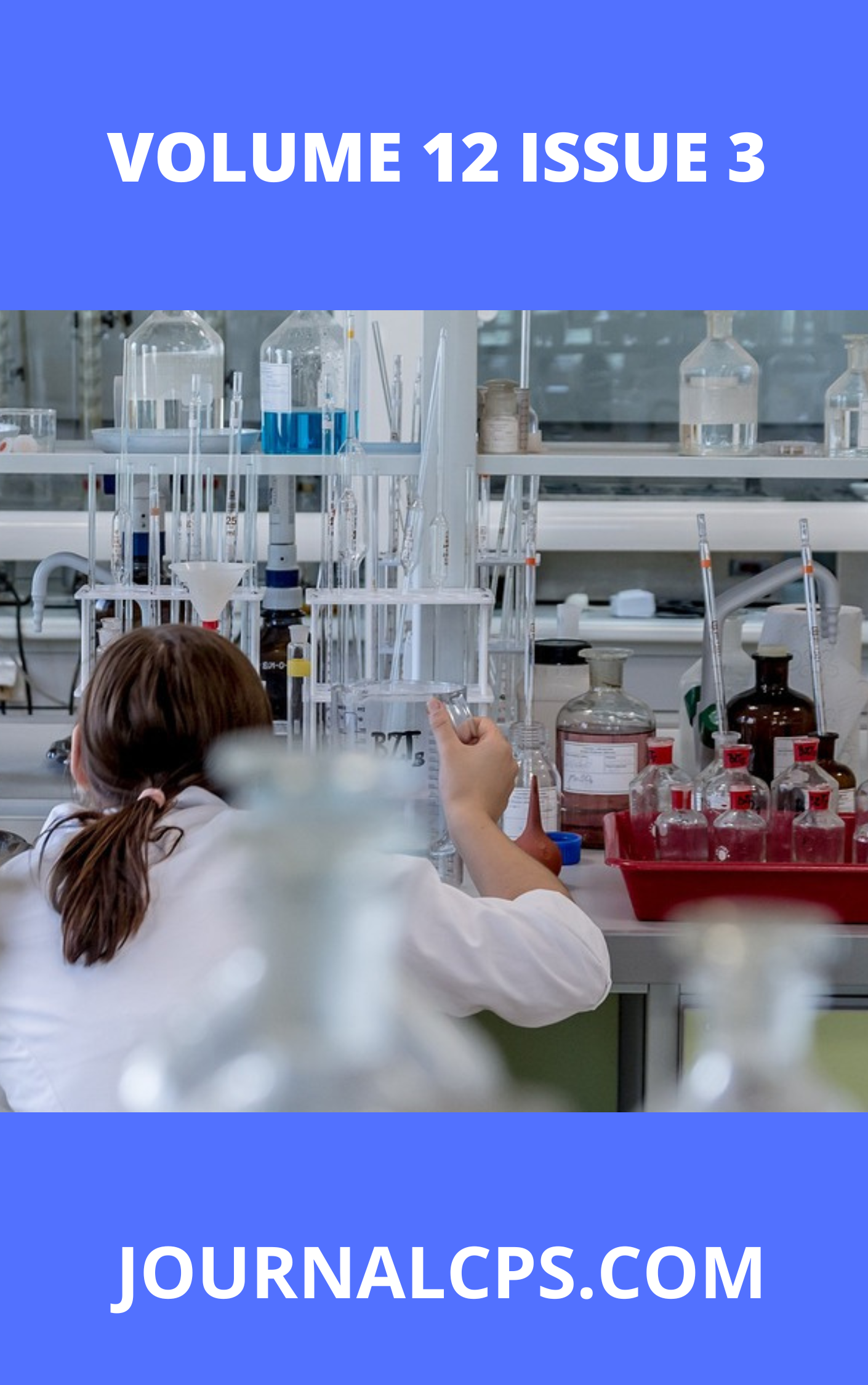Determination of Some Physicochemical Properties, Heavy Metals and Micronutrients of Some Energy Drinks Available in Nigeria
Keywords:
Energy drinks, Heavy metals, Micro nutrients, physicochemical propertiesAbstract
This study investigates the concentrations of selected elements in energy drinks and assesses their compliance with international safety standards. Energy drinks have gained widespread popularity, but concerns regarding the presence of heavy metals and their potential health risks necessitate rigorous scientific evaluation. This study aimed to determine the levels of copper (Cu), iron (Fe), manganese (Mn), zinc (Zn), and chromium (Cr) in commercially available energy drinks and evaluate their potential health implications. A total of 30 energy drink samples were analyzed using atomic absorption spectrophotometry (AAS) and energy dispersive x-ray fluorescent (EDXRF) . Statistical analyses, including correlation analysis, chi-square tests, and multiple regression, were performed to identify significant relationships between elements and deviations from World Health Organization (WHO) permissible limits. The results showed that Mn had a strong positive correlation with Cu (r = 0.686, p < 0.01), while Fe and Zn exhibited no significant influence on Mn concentrations. The chi-square test revealed that some elements exceeded WHO-recommended limits, with Cu and Mn concentrations in certain samples posing potential health risks. Multiple regression analysis indicated that Cu significantly predicted Mn concentration (β = 0.686, p = 0.001), explaining 48.8% of the variance (R² = 0.488). In contrast, the regression model for Zn showed no significant predictive power (R² = 0.018, p = 0.936), indicating weak associations between Zn and other elements in the energy drinks. These findings highlight the need for stricter regulatory monitoring and enforcement to ensure that elemental concentrations in energy drinks remain within safe limits. Manufacturers should enhance quality control measures to prevent contamination and safeguard consumer health. Further research is recommended to explore additional factors influencing heavy metal accumulation in energy drinks, including ingredient sourcing, production methods, and storage conditions.
Downloads
Published
Issue
Section
Similar Articles
- Gloria Chika Udeokpote, Ifeanyi Adolphus Ucheana , Assessing Environmental Risks and Pollution Challenges of Nuclear Reactor Technologies: Case Studies and Remediation Strategies , Communication In Physical Sciences: Vol. 11 No. 4 (2024): VOLUME 11 ISSUE 4
- Hassan Abdulsalam, Dr Fatima Musa Lariski, Effect of Cerium on the Dielectric and structural Properties of Barium Titanate-based ceramics for multilayer ceramic capacitors , Communication In Physical Sciences: Vol. 12 No. 5 (2025): Vol 12 ISSUE 5
- Efe Jessa, Soil Stabilization Using Bio-Enzymes: A Sustainable Alternative to Traditional Methods , Communication In Physical Sciences: Vol. 2 No. 1 (2017): VOLUME 2 ISSUE 1
- Faith Osaretin Osabuohien, Review of the Environmental Impact of Polymer Degradation , Communication In Physical Sciences: Vol. 2 No. 1 (2017): VOLUME 2 ISSUE 1
- Adams, Abiodun Emmanuel, Comparative Study of the Proximate Analysis of Shea Butter Seed (Vitellaria paradoxa) Across three Different Locations in the Savanna Region of Nigeria , Communication In Physical Sciences: Vol. 10 No. 3 (2023): VOLUME 10 ISSUE 3 (2023-2024)
- Ajike Eziyi Emea, Lebe Agwu Nnanna, Orji Obinwa, Elizabeth Chinyere Nwaokorongwu, Investigation of the inhibitive Properties of Irvingia gabonensisExtractan for the Corrosion of Aluminum Alloy (aa4007) in 1 m HCl , Communication In Physical Sciences: Vol. 9 No. 3 (2023): VOLUME 9 ISSUE 3
- Kayode Sanusi, Computational Study of the Reaction Mechanism for the Formation of 4,5-Diaminophthalonitrile from 4,5-Dibromo-1,2-Diaminobenzene and Copper Cyanide , Communication In Physical Sciences: Vol. 11 No. 4 (2024): VOLUME 11 ISSUE 4
- Taye Temitope Alawode, Identification of Potential Aedes aegypti Juvenile Hormone Inhibitors from Methanol Extract of Leaves of Solanum erianthum: An In Silico Approach , Communication In Physical Sciences: Vol. 11 No. 4 (2024): VOLUME 11 ISSUE 4
- Onanuga Omotayo Aina, Titus Morrawa Ryaghan, Bello Musa Opeyemi, Momoh Daniel Clement, Goat Horn Biochar as a Low-Cost Adsorbent for the Removal of Cadmium and Zinc ions in Aqueous Solution , Communication In Physical Sciences: Vol. 10 No. 3 (2023): VOLUME 10 ISSUE 3 (2023-2024)
- A. Yahaya, G. Ayeni, A. U. Ochala, R.A. Larayetan, A. D. Onoja, T. C. Omale, J. A. Akor, Evaluation of mineral in the indigenous and industrially produced soya milk in the Anyigba, Kogi State , Communication In Physical Sciences: Vol. 6 No. 1 (2020): VOLUME 6 ISSUE 1
You may also start an advanced similarity search for this article.




